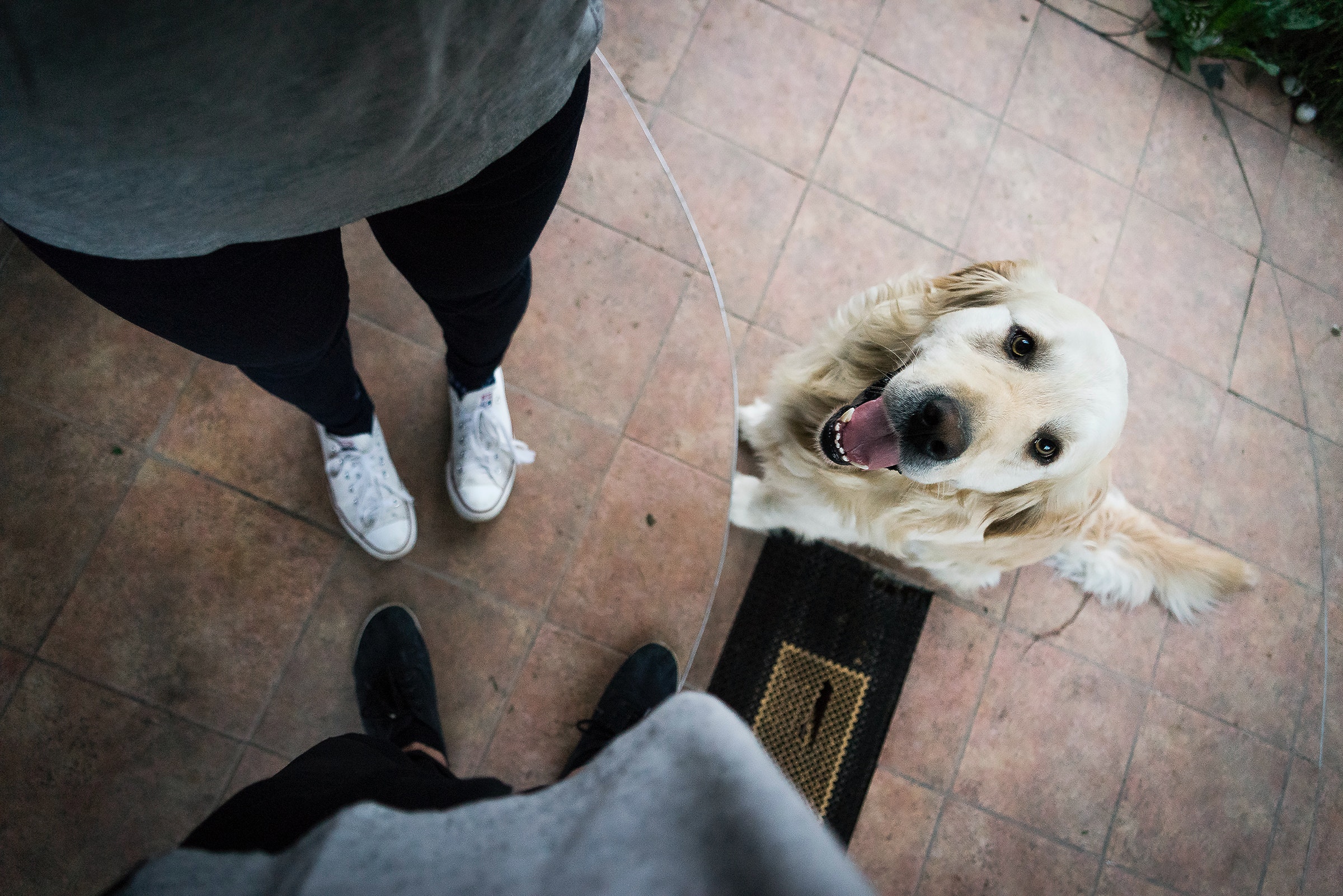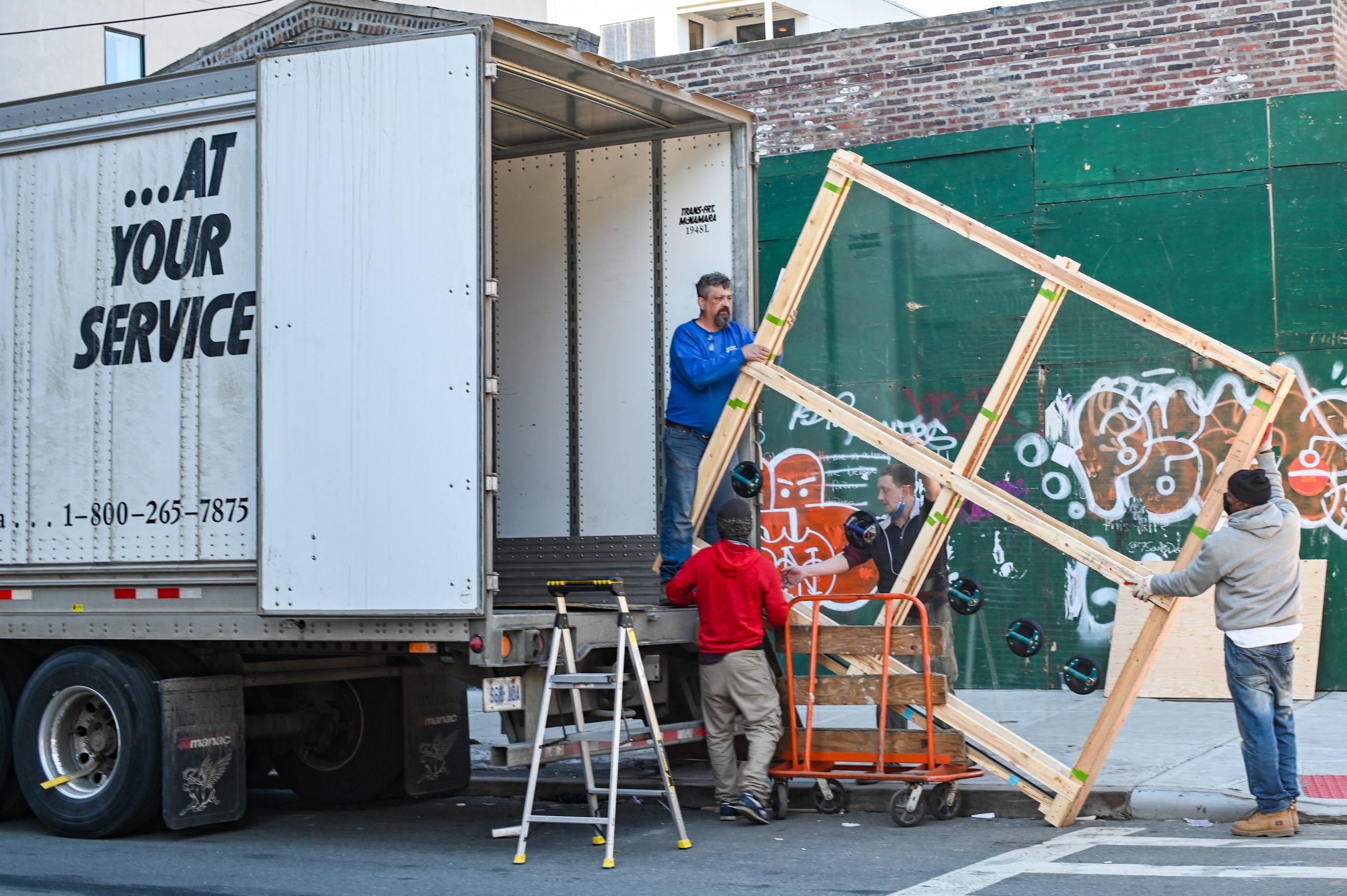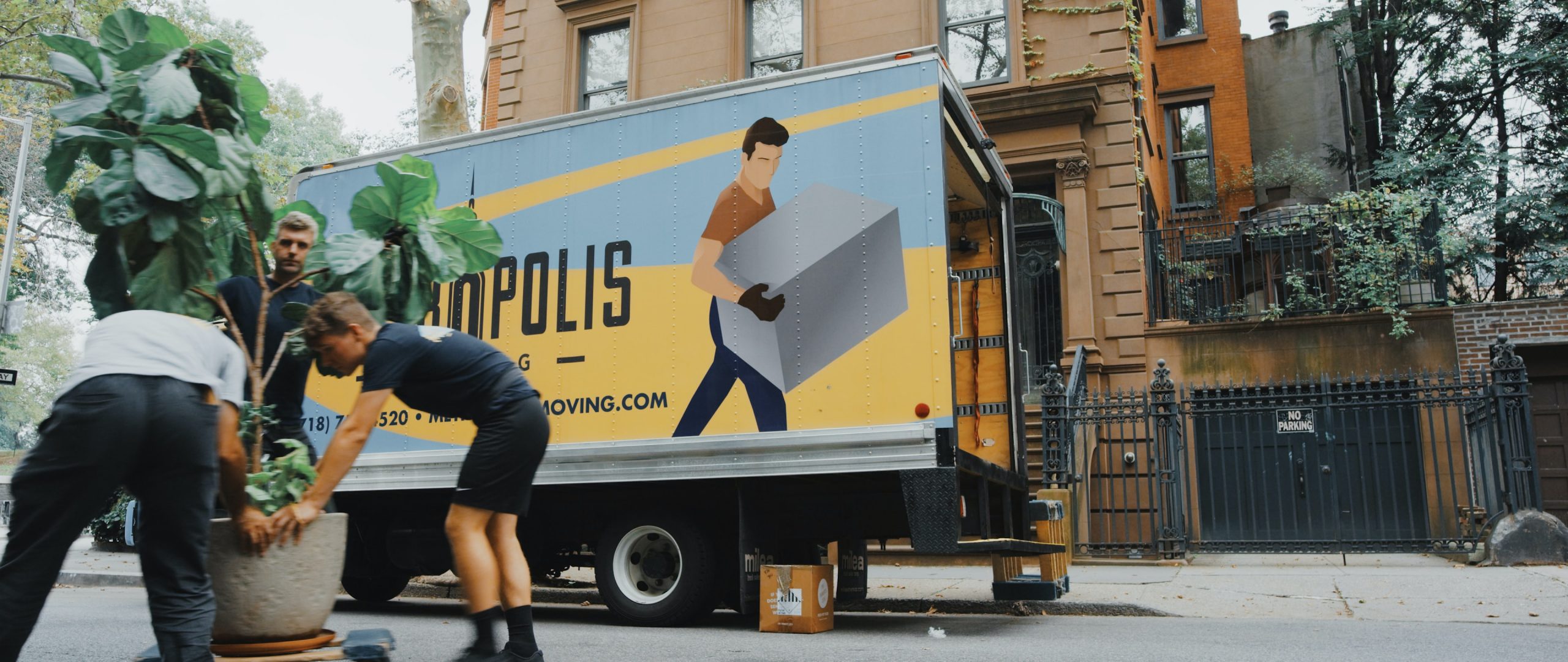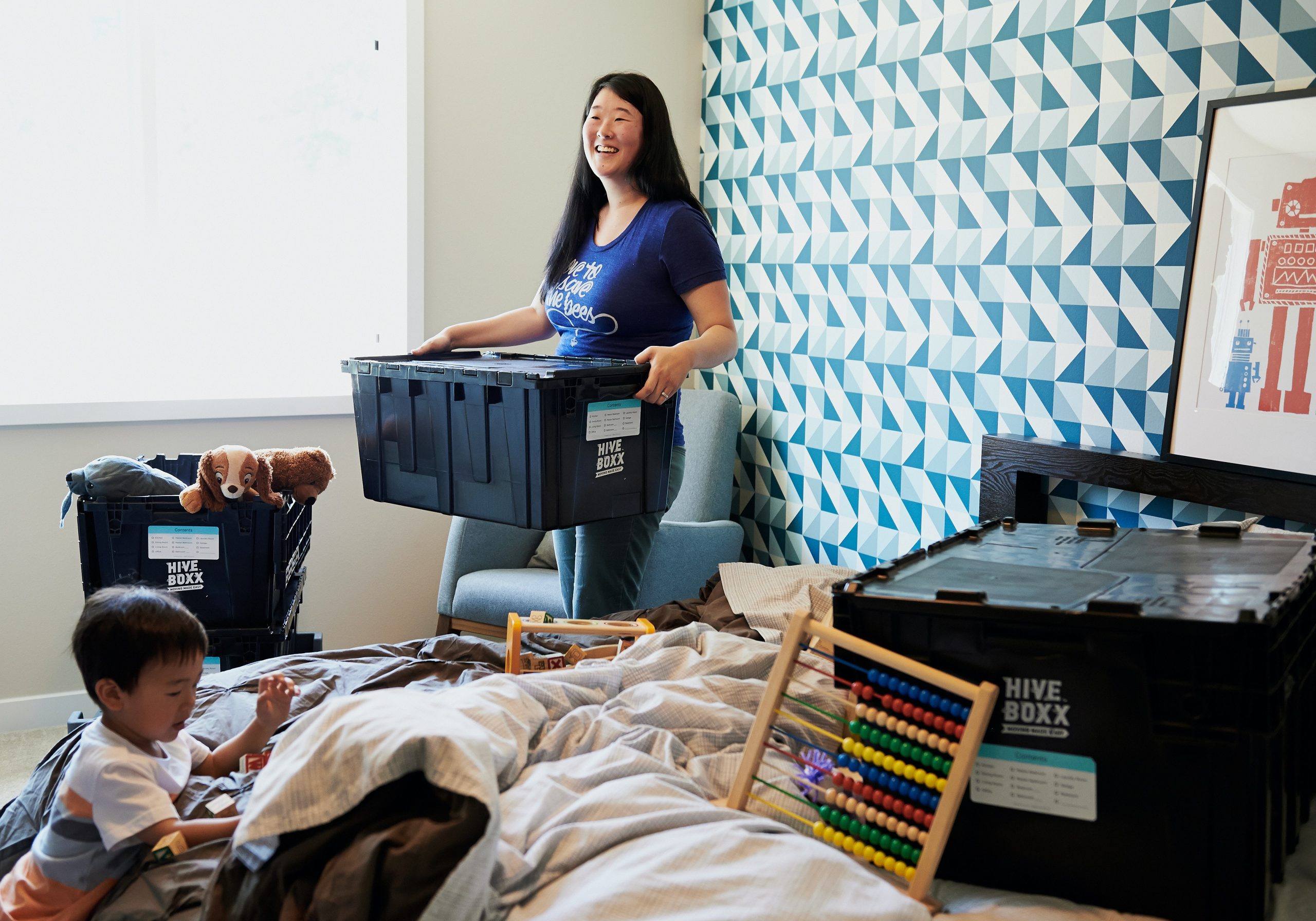Social Links Widget
Click here to edit the Social Media Links settings. This text will not be visible on the front end.
Blue Fox Drive-in Theater

The Blue Fox Drive-in Theater is Worth the Price of Admission
As a kid I spent many-a-day waiting for dusk to settle upon the farmlands in the outskirts of Oak Harbor to watch the opening credits roll across the Blue Fox Drive-in Theater screen. For a kid in a small town there was no greater bighearted adventure then go-karts and a double feature running against the backdrop of a wide-open night sky. Butter soaked popcorn, a brick of curly fries in hand and staying up all night. It was what summer was all about.
Blue Fox Drive-in has been in Operation since 1959
The Blue Fox Drive-in was originally opened in 1959 yet this theater is anything but antiquated. They have survived the end of the drive-in era. The Blue Fox has even endured a windstorm in the late 90’s that completely wiped out their viewing screen. Through the decades they have continued to rebuild and bring modern fun to a nostalgic bit of Whidbey Island history. So, what continues to drive customers to their lot?
The Blue Fox Continues to Grow while Keeping Activities Affordable
Admission is low. Cash prices currently run from free to $6.50 per person depending on your age bracket. Though, the Blue Fox has more than just movies to offer. The drive-in also has go-karts, an arcade, a snack bar and even a beer garden named the Backlot Tavern. But that’s not where the movie magic stops. In the past they have also hosted fun events like a 4th of July fireworks show, glow-karting, hosted the Christmas Village, and trunk-o-treating. Moreover, the Blue Fox Drive-in is well-behaved dog and responsible dog owner friendly. They even offer overnight camping to protect their patrons from nodding off on their drive home after a late night showing.
The Show MUST Go On!
To round things up. Whether you drive solo, bring a date, your family or your pet, Blue Fox Drive-in Theater is a lively piece of Americana that should be on your list of to-do activities! From the comfort of your own car you can control your experience separate from other moviegoers. They have great food too! They even rent radios and keep a battery jumper onsite to help keep customer cars in running order. The drive-in is open year-round so if you are looking for something fun to do in the evenings give it a try. The Blue Fox is a true Oak Harbor gem and deserves your business!
Please Visit the official website for the Blue Fox Drive-in Theater for current prices, rules and camping information!
You can also check them out on Facebook or Instagram @bluefoxdrivein.
Blog written by Kerriann Jenkins
Moving and Packing Tips Part 2

Here is Part two of Moving and Packing Tips. Pack a “first day” box with items you will need right away (dogs and cats included, hahaha….)
FIRST DAY BOX:
scissors
utility knife
local phone book
coffee cups
teakettle
instant coffee or tea, soft drinks
pencil and paper
soap
bath towels
trash bags
shelf liner
paper plates
snacks
toilet paper
children’s toys and books
MOVING ESSENTIALS:
furniture pads
hand truck or dolly
packing tape
bubble wrap
newspapers or
packing paper
scissors
utility knife
labels
felt-tip markers
cornstarch packing
“peanuts”
plenty of boxes
MOVING DAY: OLD HOME
Pick up the truck as early as possible if you are
moving yourself.
Make a list of every item and box loaded on the truck.
Let the mover know how to reach you.
Double-check closets, cupboards, attic, basement
and garage for any left-behind items.
MOVING DAY: NEW HOME
Be on hand at the new home to answer questions
and give instructions to the mover.
Check off boxes and items as they come off the truck.
Install new locks. Confirm that the utilities have been turned on and
are ready for use.
Unpack your “first day” box (see list above for suggested
contents).
Unpack children’s toys and find a safe place for them to play.
Examine your goods for damage.
written by Chasity Rodriguez
Social Media Director
Moving and Packing Tips

The process of moving is long and complex. Being organized, knowing what needs to be done,
and tackling tasks efficiently can make your move significantly less stressful. We have some moving and packing tips for you and a detailed list to keep you on task and help make your move successful.
SIX TO EIGHT WEEKS BEFORE:
Use up things that may be difficult
to move, such as frozen food.
Get estimates from
professional movers or from
truck rental companies if you
are moving yourself.
Once you’ve selected a mover,
discuss insurance, packing,
loading and delivery, and the
claims procedure.
Sort through your possessions.
Decide what you want to keep,
what you want to sell and what
you wish to donate to charity.
Record serial numbers on
electronic equipment, take photos
(or video) of all your belongings
and create an inventory list.
Change your utilities, including
phone, power and water, from your
old address to your new address.
Obtain a change of address
packet from the post office
and send to creditors,
magazine subscription offices
and catalog vendors.
Discuss tax-deductible moving
expenses with your accountant
and begin keeping accurate
records.
TWO TO FOUR WEEKS BEFORE:
If you’re moving to a new
community, contact the
Chamber of Commerce and
school district and request
information about services.
Make reservations with airlines,
hotels and car rental agencies,
if needed.
If you are moving yourself, use
your inventory list to determine
how many boxes you will need.
Begin packing nonessential items.
Arrange for storage, if needed.
If you have items you don’t want to
pack and move, hold a yard sale.
Get car license, registration and
insurance in order.
Transfer your bank accounts to
new branch locations. Cancel
any direct deposit or automatic
payments from your accounts if
changing banks.
Make special arrangements to
move pets, and consult your
veterinarian about ways to make
travel comfortable for them.
Have your car checked and
serviced for the trip.
Collect items from safe-deposit
box if changing banks.
TWO TO THREE DAYS PRIOR:
Defrost your refrigerator
and freezer.
Have movers pack your
belongings.
Label each box with the contents
and the room where you want it
to be delivered.
Arrange to have payment ready
for the moving company.
Set aside legal documents
and valuables that you do not
want packed.
Pack clothing and toiletries,
along with extra clothes in
case the moving company
is delayed.
Give your travel itinerary to a close
friend or relative so they can reach
you as needed.
Look out for the second part of this coming soon!
written by Chasity Rodriguez
Social Media Director
How to Make Moving With Your Cat or Dog a Success

blog post by Chasity Rodriguez
IN A TIME DEFINED IN many ways by the coronavirus pandemic, everyday life is affected constantly as we adapt to changing circumstances. One of the many effects of the pandemic is that more and more people are buying or adopting pets, sometimes referred to as “pandemic puppies,” than ever before.
Simultaneously, an increasing number of people are sheltering in place or being uprooted and going through multiple moves due to major life shifts in how they work or go to school. For many families, that means packing up and making a move with their furry friends in tow.
Moving is not necessarily a fun activity, and we often don’t take into consideration just how stressful it can be for our four-legged friends. Animals, like people, need time to adjust. But with smart preparation and planning, you can make the move successful and easier for your pet, for you and for your new home.
Here are five tips to make moving with your pet as pleasant and stress-free as possible:
Visit Your New Home Before Moving Day
Introduce your pet to your new home and surroundings the way you might introduce young children to the space (they’re called “fur babies” for a reason, after all). Most people bring their children to their new home a few times prior to an actual move to get them excited about the house and neighborhood. This gives them time to explore and visualize themselves in the new environment and can alleviate some of the stress that may carry over with the major transition.
Try this with your dogs, too – let them sniff around while you’re taking measurements for furniture. Take them for a walk around the block so they can start to familiarize themselves with their new surroundings. Seek out any local dog-friendly parks and research where the best veterinarians and doggy day cares are. You’ll both come to rely on these resources, and it’ll be a great way to meet new people in your neighborhood.
You may be tempted to throw away old, worn-out items prior to your move, but you’ll be glad that you didn’t get rid of your dog’s favorite chew toy or your cat’s beloved scratching post. Having these familiar items present in their new spaces will be key to helping them acclimate and feel right at home.
If you really hate that old dog bed, it doesn’t have to stay in your new house long-term. Keep it around for the first few weeks until the dog adjusts and feels comfortable in its new space. Think about how you would feel if someone tossed your favorite pillow that you simply cannot sleep without.
The same goes for cats. You may feel inclined to get a brand-new litter box for your new home, but hang onto the one they’re familiar with while they get used to the new setting.
Keep Them Away From the Action
No one enjoys the mayhem of moving day. The house is a mess, movers are rummaging around and you’re scrambling to do your best to make sure it all goes as smoothly as possible.
It may be a smart move for families with children to send them to stay with a family member or friend on the actual move day, and do the same with your pet, if possible. You don’t want them to associate their new home with the inevitable chaos and the frazzled mood you are sure to feel on moving day. If you don’t have someone that lives nearby, drop them off at day care or ask a new neighbor if they’d be willing to help.
Prevent Accidental Damages
A move can make pets act abnormally – your dog may decide to use the floor as a bathroom or a cat may scratch up the carpeting. To avoid these potentially costly damages, try to protect your new home as if you were dealing with a new puppy or kitten with some simple precautions.
Lay floor mats down or cover the couch temporarily until you know all the moving jitters have subsided. An accident can create more stress for both of you, and tarnish what should be a loving and peaceful new environment.
Give Them a Room, Then Room to Grow
Cats, in particular, are more likely to feel anxious about their new surroundings. A way to ease their anxiety is to limit their initial access to the whole house or apartment. Create a home base for them in one room that has their favorite toys, water, treats and a litter box, and allow them to acclimate on their own time. Once they’re comfortable there, you can open up additional space for them to explore room by room. If your cat’s home base isn’t the final destination for its litter box, slowly move it closer to the permanent location each day.
Finally, don’t forget to change your pet’s address tags when you relocate. With time, patience and smart planning, everyone will start off on the right foot (or paw) in your new home.
By Allison Chiaramonte, Contributor
Chasity Rodriguez
Social Media Director
Windermere Mill Creek

 Facebook
Facebook
 X
X
 Pinterest
Pinterest
 Copy Link
Copy Link









